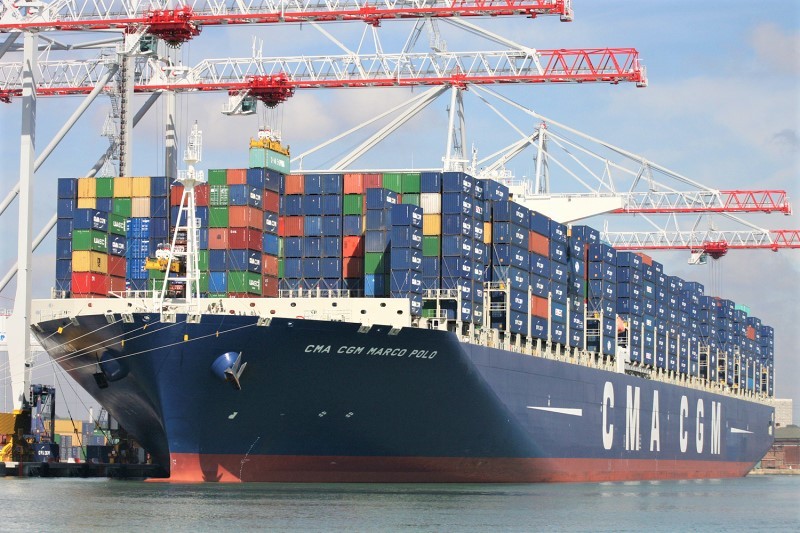

Other Chamic sources, with similar definitions, have been proposed. "Cua han" appears along the coast (upside-down, left of centre). Ī map of Annam drafted by Alexandre de Rhodes. Da Nang is designated as a first class city, and has a higher urbanization ratio than any of Vietnam's other provinces or centrally governed cities. On 1 January 1997, Da Nang was separated from Quảng Nam Province to become one of four centrally controlled municipalities in Vietnam.

Before 1997, the city was part of Quang Nam - Da Nang Province. The city was known as Cửa Hàn during early Đại Việt settlement, and as Tourane (or Turon) during French colonial rule. It is within 100 km (62 mi) of several UNESCO World Heritage Sites, including the Imperial City of Huế, the Old Town of Hội An, and the Mỹ Sơn ruins. It has a well-sheltered, easily accessible port, and its location on National Route 1 and the North–South Railway makes it a transport hub. As one of the country's five direct-controlled municipalities, it falls under the administration of the central government.ĭa Nang is the commercial and educational centre of Central Vietnam and is the largest city in the region. It lies on the coast of the South China Sea at the mouth of the Hàn River, and is one of Vietnam's most important port cities. Da Nang or Danang ( /( ˌ) d ɑː, d ə ˈ n æ ŋ, ˈ n ɑː ŋ/ dah, də NANG, NAHNG Vietnamese: Đà Nẵng, ( listen)) is a class-1 municipality and the fifth-largest city in Vietnam by municipal population.


 0 kommentar(er)
0 kommentar(er)
